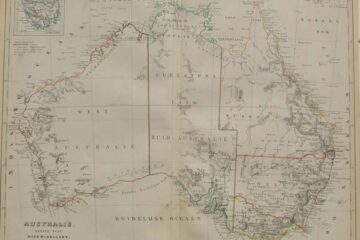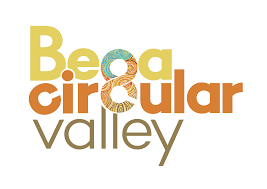The post-World War II immigration to Australia began in 1947-8 with only a few persons of Dutch birth. However, the numbers increased rapidly, and by the time of the 1954 Census, 42,000 persons born in the Netherlands were enumerated in Australia. This number almost doubled by the 1961 Census and stood at 102,000.
The evidence suggests that a substantial immigration movement from one country over a period of a decade or so is conducive to the growth of mass circulation press, as seen with the Poles, Greeks, and Italians. However, this rule does not seem to apply to the immigrants from the Netherlands, who support only one paper in that category, the Dutch Australian Weekly, founded in 1951. Between 1955 and 1961, a second Dutch weekly newspaper, De Nieuwe Wereld, appeared, but it did not succeed in obtaining permanent support. Similarly, the Holland Australia Post, which started in November 1962, had to suspend publication in May 1965, it had a circulation of around 4000. While it claimed to be national it was heavily focussed on Victoria and with lots of news from the Netherlands for this it heavily depended on content provided by the Dutch newspaper De Telegraaf.
The only Dutch language newspaper that still survives (2023) id the Melbourne based Dutch Courier, which was founded in 1970.
Although the Dutch as a group do not have a need for a Dutch language mass circulation press, they support a large variety of local magazines and club bulletins, as well as a significant number of church magazines. Some of the local magazines were established to maintain contact and provide information to Dutch settlers in specific places, such as The Bridge (1954-5) in Brisbane, Je Maintiendrai (established 1957) in Adelaide, or “Mededelingen” (1952-5) published by the Ned. Vereniging “Abel Tasman” in Hobart. Others are club bulletins with restricted circulation, like De Stuw, the monthly stencilled organ of the Nederlands Australische Vereniging in Illawarra, which has been in existence since 1952, or the official organ of the Dutch soccer club in Perth, the Sportblad S.C. “Windmills” (established 1958).
Each of the three main religious denominations of the Dutch settlers publishes a variety of magazines for national circulation as well as for local congregations. The Dutch Catholics support a monthly magazine distributed throughout Australia, the Onze Gids, established in 1950. Local Catholic bulletins include the Contact in Perth (established 1955) and Het Kompas in Sydney. The Dutch Reformed Church has published the Trowel and Sword, a monthly with a national circulation of 8,000 and with stencilled supplements in each state since 1953. The Reformed Churches of Australia and New Zealand issue magazines in four states where there are substantial numbers of their adherents: De Schäkel (established 1953) in Western Australia, the Contact (1952-60) in Victoria, the Kerkelijk Orgaan (established 1953) in Tasmania, and the Kerke Brief (established in 1951) in New South Wales. A small breakaway Dutch church, the Free Reformed Church of Australia, sponsors a fortnightly bulletin, Una Sancta, published in Tasmania since 1953.
Main source: The Foreign Language Press in Australia 1848 – 1964
The reason for the rapid decline of Dutch language publication is that the Dutch immigrants wanted as quickly as possible integrate into the Australian society. They rapidly acquired enough language skills to change over to publications in the English language. Many of the club publications also rapidly changed from Dutch to English,
At the same time the SBS provided a Dutch Radio service, which again remained very popular among the first generation of Dutch immigrants. Brisbane has its own community based Dutch Radio Station.
Satellite based Dutch-language TV services are provided by BVN,
Since the internet, the younger generations of Dutch immigrants have set up a range of Dutch-based social media sites.


